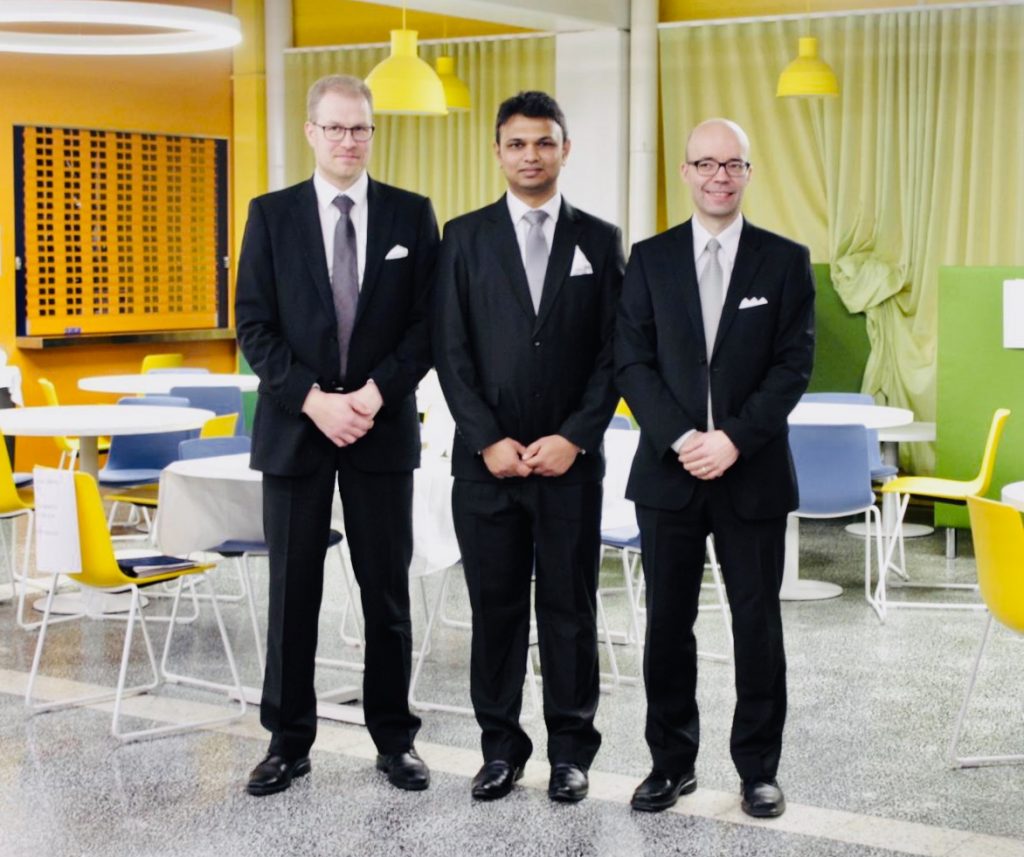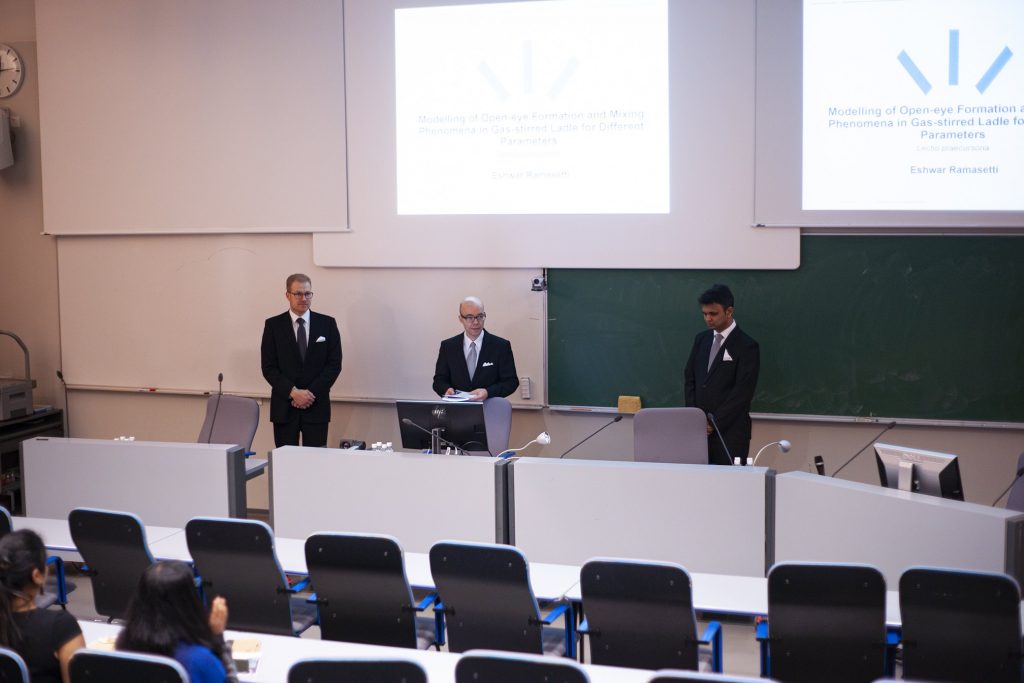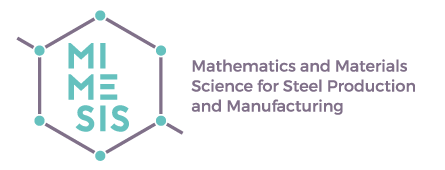The academic doctoral dissertation of Eshwar Ramasetti was presented for the public defence at the University of Oulu, Faculty of Technology, Center of advanced steel research on Friday, October 25th, 2019. The dissertation with the title “Modelling of Open-eye Formation and Mixing Phenomena in a Gas-stirred Ladle for Different Operating Parameters” can be found through the link http://jultika.oulu.fi/Record/isbn978-952-62-2356-8 .
The official opponent for his public defence was Docent Mikko Helle from Åbo Akademi University from Turku, Finland. The Custos named by the University of Oulu Graduate School was Professor Timo Fabritius.

The thesis has been made within the European Industrial Doctorate (EID) project called Mathematics and Materials Science for Steel Production and Manufacturing, abbreviated as MIMESIS, which has five partners: EFD Induction in Norway; SSAB Oy, Outokumpu Oy, and the University of Oulu in Finland; and Weierstrasse Institute for Applied Analysis and Stochastics (WIAS) in Germany.
Following is the brief description of the dissertation:
In ladle metallurgy, gas stirring and the behaviour of the slag layer are very important for alloying and the homogenization of the steel. When gas is injected through a nozzle located at the bottom of the ladle into the metal bath, the gas jet exiting the nozzle breaks up in to gas bubbles. The rising bubbles break the slag layer and create an open-eye. The size of the open-eye is very important as the efficiency of the metal- slag reactions depend on the interaction between the slag and steel creating during the stirring process, and information about the position and size of the open-eye is important for effective alloying practice. Moreover, the open-eye has an effect on the energy balance since it increases heat losses.
In this study, experimental measurements and numerical simulations were performed to study the effect of different operating parameters on the formation of the open-eye and mixing time water model and industrial scale ladle. Experimental measurements were performed to study the effect of the gas flow rate, slag layer thickness, slag layer densities and number of porous plugs in a 1/5 scale water model and in a 150-ton steelmaking ladle. For numerical modelling, a multi-phase volume of fluid (VOF) model was used to simulate the system including the behaviour of slag layer. The numerical simulation of the open-eye size and mixing time was found to be in good agreement with the experimental data obtained from the water model and data obtained from the industrial measurements.


